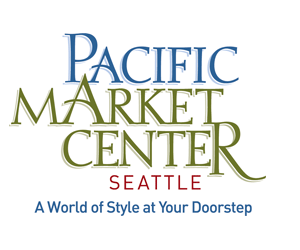#1 Introduction: Why Visit San Francisco?
San Francisco is a city filled with plenty of history, beauty, art and nature. There are a ton of places to go and activities to participate in in this small 232 square mile city. From museums to parks, to malls and farmers markets, there are attractions around every corner that entertain both children and adults. Two of the most well-known landmarks are the Golden Gate Bridge and Alcatraz. The Golden Gate Bridge is one of the most longest suspension bridges in the world! Do you like to exercise? Well, challenge yourself and bike across the bridge to the little town of Sausalito. Whether traveling with children or alone, you can make this vacation a learning experience by visiting Alcatraz. Take a tour and learn about this prisons past and its infamous inmates like Al Capone.
The bridge and prison are just two of thousands of places to visit and things to do. This small town is commonly split into ten functional regions called "districts," that were created based on the interrelatedness of the functions performed in those areas. For example, as seen in the image below, Richmond is known as a residential area while Downtown is known for its business economy. Geographically, the entire city is located in the Ecotopia region of North America.





























